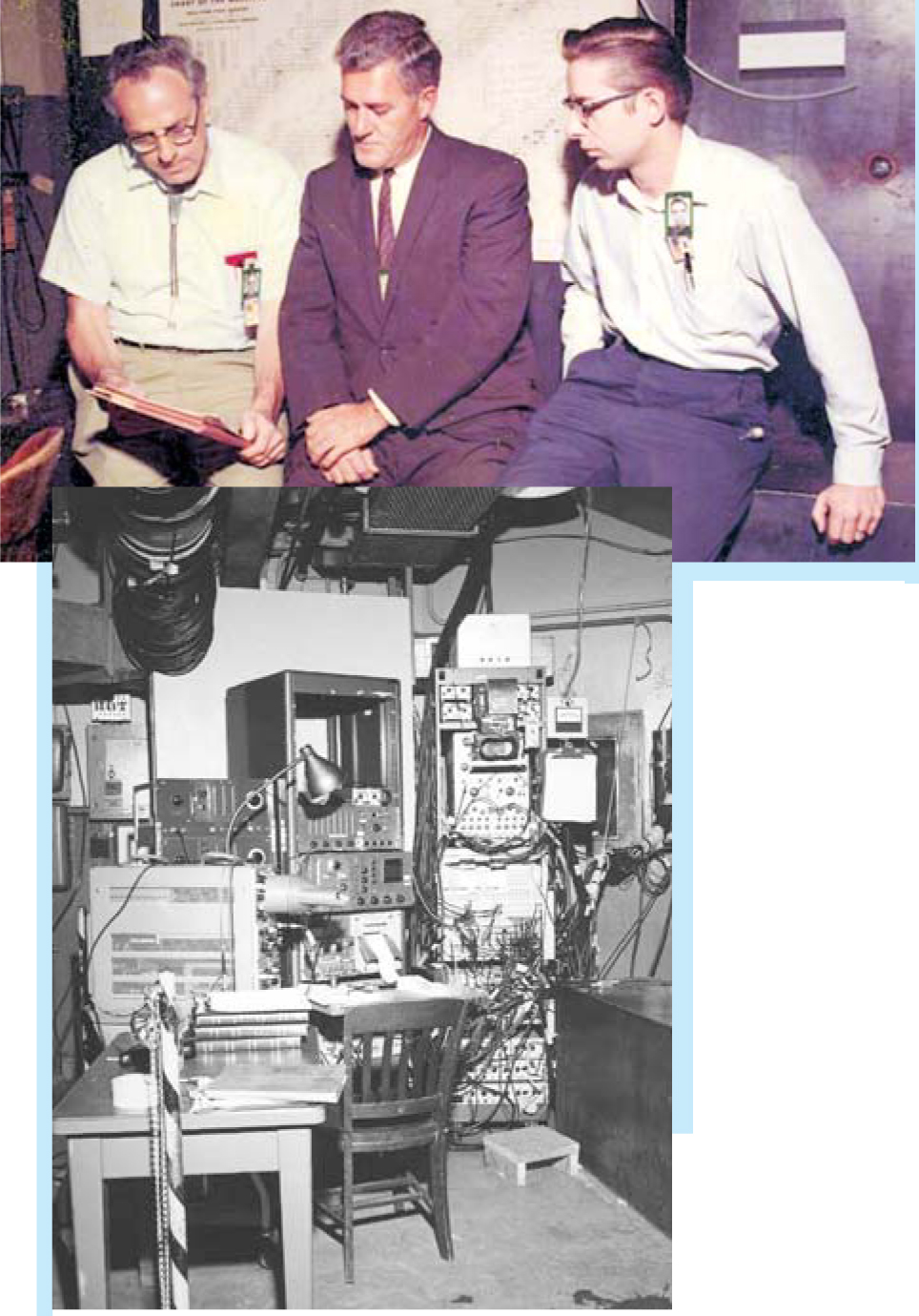Neutrino experiment artifacts surface
DOI: 10.1063/1.2800092
Artifacts from experiments descended from the first detection of neutrinos will go on display at a center planned adjacent to the Department of Energy’s Savannah River Site in South Carolina.
Frederick Reines and Clyde Cowan, who had participated in testing nuclear weapons, “originally thought they would set up a neutrino detector near a nuclear fission bomb. They thought lots of neutrinos would come out. It seemed certain because of conservation of energy,” says Henry Gurr, a former graduate student of Reines’s and longtime Savannah River neutrino researcher, now at the University of South Carolina, Aiken. “But they soon realized that was problematic because they’d only have one chance, so they decided to set up near a nuclear reactor, which, as Reines said to me, ‘is practically a continuous atomic bomb.’“
In 1955 Reines and Cowan set up tanks of scintillating liquid near one of the Savannah River Site’s plutonium production reactors. The following year they hit pay dirt, for which Reines shared the Nobel Prize in 1995 (Cowan had died in 1974). When neutrino experiments at the Savannah River Site were disbanded in 1988, much of the remaining equipment—mostly electronics and notebooks from electron–neutrino scattering experiments from the 1970s and 1980s—ended up in Gurr’s hands. Nothing was left from the earlier experiments, he says.
Now, Gurr has turned his stash over to DOE, which is cataloging it along with some 30 000 other historical items from the Savannah River Site. The neutrino experiment relics and such things as a complete control room from a vintage test reactor will eventually be accessible to the public, says Walt Joseph, who serves on the board of the Savannah River Site Heritage Foundation, a nonprofit organization that is spearheading the creation of a center to preserve the nuclear site’s history.

Electronics from electron–neutrino scattering experiments (bottom), schematic diagrams, and photos—this circa 1970 shot (top) shows, from left, Fred Reines, Luke Fox, Savannah River’s superintendent of reactor technology, and Henry Gurr—are among the recovered relics from neutrino experiments that began more than 50 years ago at the Savannah River reactor site.
DOE, SAVANNAH RIVER SITE COLD WAR ARTIFACT COLLECTION

More about the Authors
Toni Feder. American Center for Physics, One Physics Ellipse, College Park, Maryland 20740-3842 US . tfeder@aip.org
